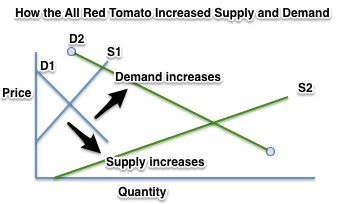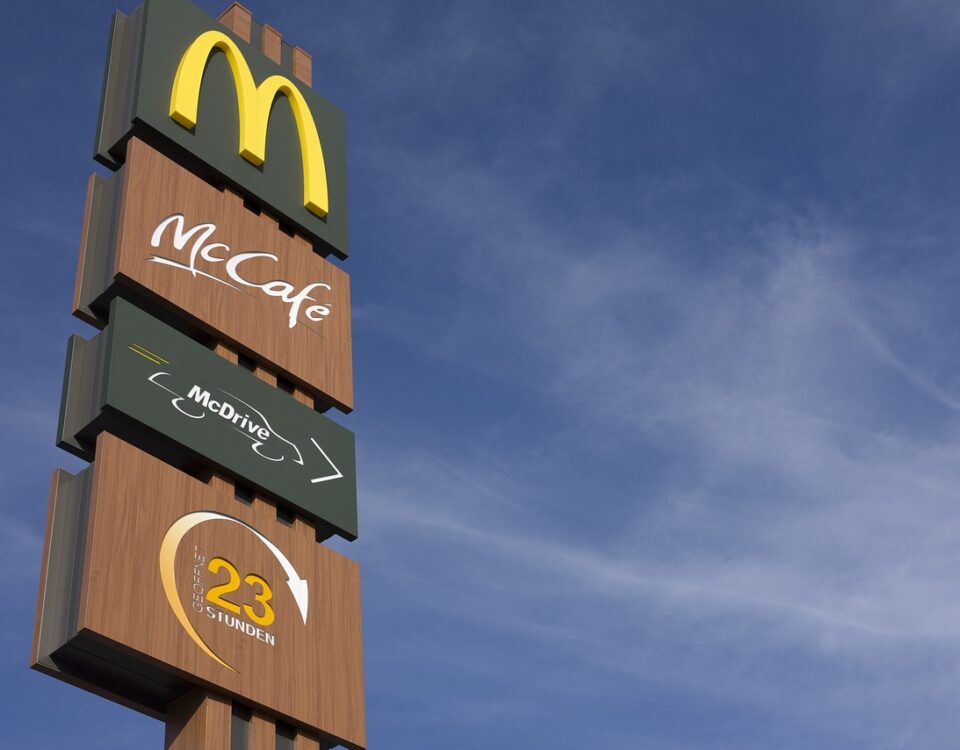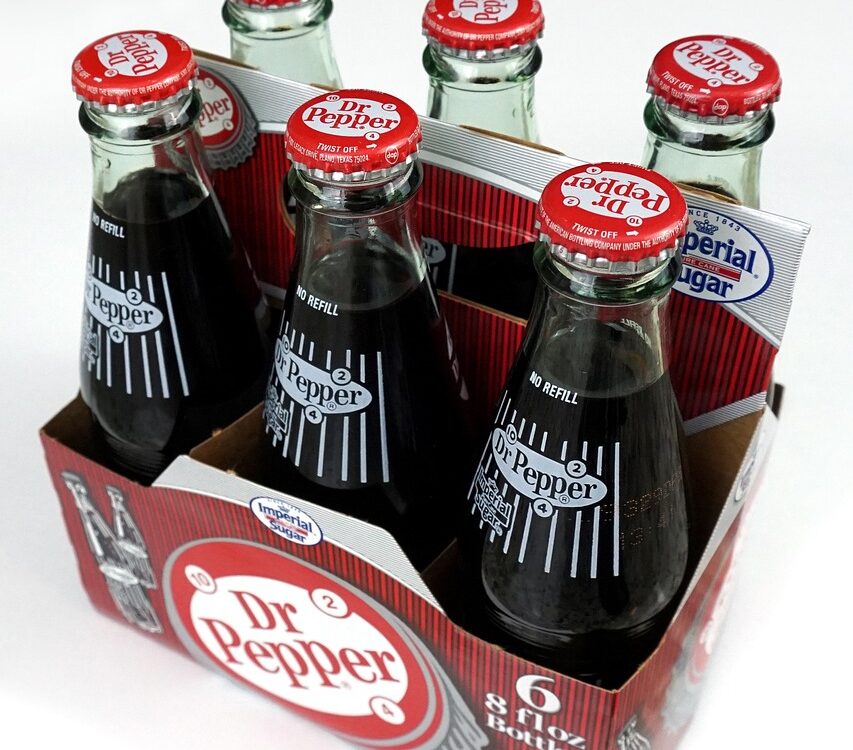
How Our Work-From-Home Habits Have Changed
September 20, 2022
What It’s Nice To Know About a Queue
September 22, 2022We might soon be drinking purple tomato juice.
it could be good for us.
Tomato Innovation
The Purple Tomato
After 20 years in the lab, a purple tomato from the UK’s Norfolk Plant Sciences has been approved by the USDA. High in antioxidants because of snapdragon genes, it could lower our cancer risk. The last step is FDA approval. Then, we could see it in the supermarket.
The Red Tomato
However, a pretty color is not always good news.
The story of today’s red tomato begins close to 90 years ago. Although we are not sure where, we do know that a tomato grower noticed that one of her (his?) tomato plants ripened evenly. Lacking the green shoulders of most tomatoes, it was firm, red, and round.
The new tomato was named and released in 1930 by the Fargo, North Dakota agricultural experiment station. Called the All Red, it soon became a grower’s dream and a consumer staple. Bred for firmness, size, disease resistance, and color, after World War II, the All Red dominated commercial tomato farming.
The only problem was taste. By eliminating the fruit’s green shoulders, farmers had also cut the sugar content that came from the plant’s chloroplasts. Below, this supermarket tomato has no green shoulders:

Our Bottom Line: Supply and Demand
As economists, pretty red tomatoes take us to supply and demand.
On the supply side, the All Red was more resilient, easier to ship and lasted longer. On the demand side, supermarket shoppers liked its size and even color. That means we have an increase in supply and demand:
Except for the taste, we had the perfect commercial tomato.
Now, the purple tomato could also increase demand, but for a very different reason.
My sources and more: Thanks to my Hustle news letter for alerting me to the purple tomato innovation. Meanwhile these LiveScience and Science articles told the story of the red tomato. Please note that today’s red tomato story was in a previous econlife post.
![econlifelogotrademarkedwebsitelogo[1]](/wp-content/uploads/2024/05/econlifelogotrademarkedwebsitelogo1.png#100878)





